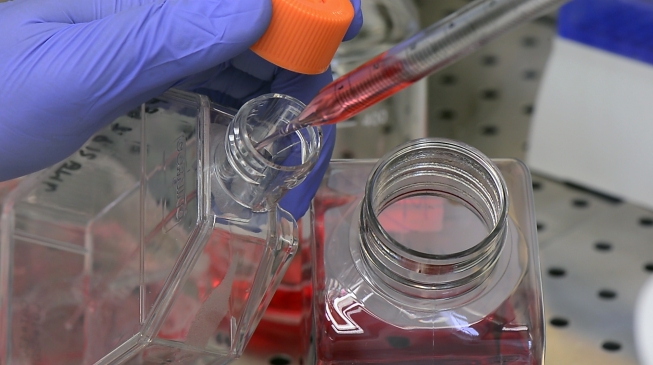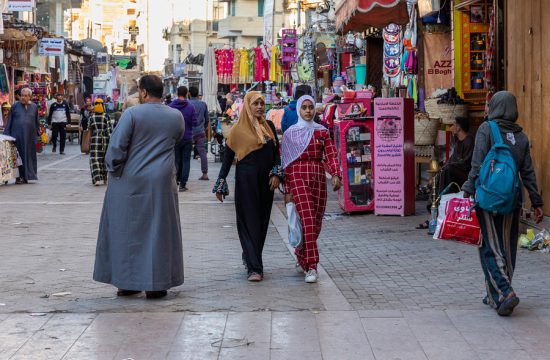 Austria – Starting from August 15, 36 experts from 22 countries across Europe will be trained at the International Atomic Energy Agency’s laboratories on how to quickly detect lumpy skin disease – a highly infectious cowpox virus that is spreading through herds on the continent.
Austria – Starting from August 15, 36 experts from 22 countries across Europe will be trained at the International Atomic Energy Agency’s laboratories on how to quickly detect lumpy skin disease – a highly infectious cowpox virus that is spreading through herds on the continent.
Traditionally common to Africa and Asia, lumpy skin disease emerged in Turkey in 2013 and has since rapidly spread through south-eastern Europe. The disease has been detected to date in six European countries – Greece, Bulgaria, the Former Yugoslav Republic of Macedonia, Serbia, Albania and Montenegro – with new cases being reported weekly.
The highly contagious virus is transmitted through direct contact with infected animals and contaminated products, as well as through flies and ticks. Although it does not pose a danger to humans, lumpy skin disease can spread between animals and farms, causing severe economic losses.
The disease is characterized by extensive skin lesions, and affects milk, beef and leather production. Since 2015, more than 600 outbreaks in Europe have been notified to the World Organization for Animal Health (OIE), resulting in the culling of over 10,000 animals as part of containment efforts.
[pullquote]The IAEA has also deployed PCR to help West Africa cope with the Ebola outbreak in 2014 and to Latin America during this year’s Zika virus emergency.[/pullquote]
“Lumpy skin disease has always been considered exotic in Europe, therefore many laboratories in the region are not prepared to detect it, or to differentiate between its various strains,” says Giovanni Cattoli, head of the United Nations Food and Agriculture Organization (FAO)/IAEA joint Animal Protection and Health Laboratory.
“The training will get laboratory staff in most affected or at-risk countries skilled in detecting lumpy skin disease quickly and accurately, and we will also provide countries with an emergency diagnostic toolbox with necessary reagents and consumables to better equip them to fight the disease,” he added.
The two week-long training courses are taking place at the joint FAO/IAEA laboratory in Seibersdorf, Austria, and are held in response to Member States’ requests for urgent support in animal disease preparedness and control.
Participants, mostly from central and east European countries, will learn to use nuclear-derived techniques – Polymerase Chain Reaction (PCR) and genetic sequencing – which can detect the virus within three hours and help trace its origin and spread. Earlier this year, the IAEA, in cooperation with FAO, provided laboratory support and expertise in these techniques to Bulgaria to battle lumpy skin disease. The IAEA has also deployed PCR to help West Africa cope with the Ebola outbreak in 2014 and to Latin America during this year’s Zika virus emergency.
With a cattle herd of around 87 million heads, the European Union would be severely affected by widespread outbreaks of lumpy skin disease. The FAO/IAEA training is critical in order to develop technical skills in laboratories in the region, as the disease continues to spread despite current control measures. The early and accurate detection of the virus is essential in order to take containment measures, such as imposing cattle movement restrictions and culling. At present, the growing global demand for vaccines to control the disease is challenging.








